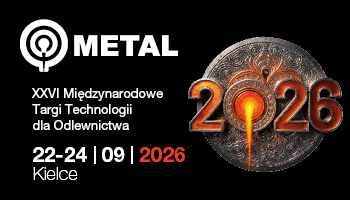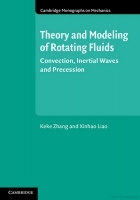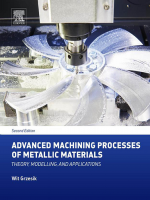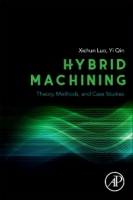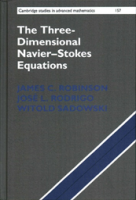Minimalna grubość warstwy skrawanej w obszarze zaokrąglenia krawędzi skrawającej *
Minimal thickness of cut layer in the vicinity of the cutting edge rounding
Author: Borys Storch, Anna Zawada-Tomkiewicz, Łukasz Żurawski
Mechanik nr 10/2018 - Obróbka skrawaniem
STRESZCZENIE: Przedstawiono ocenę wyników badań eksperymentalnych przydatną do wyznaczania minimalnej grubości warstwy skrawanej podczas obróbki narzędziami jednoostrzowymi o zdefiniowanej geometrii. Po przeprowadzeniu badań dla kilku materiałów skrawanych i gatunków materiałów narzędziowych opracowano równania ekstrapolacji z zachowaniem stałej temperatury skrawania. Czynniki zakłócające mechanizm oddzielania, wpływające na pomiary składowych siły i temperatury skrawania, zależą od materiału skrawanego i zastosowanego narzędzia.
SŁOWA KLUCZOWE: siła skrawania, temperatura, toczenie swobodne ortogonalne, zaokrąglenie krawędzi skrawającej
ABSTRACT: The article presents an evaluation of the results of experimental tests useful for determining the minimum thickness of cut during machining of single-point tools of defined geometry. After completing the tests for several cut materials and types of tool materials, extrapolation equations were developed while maintaining constant temperature. Factors interfering with the mechanism of separation, influencing the measurements of the components of the cutting force and the cutting temperature depend on the cut material and the material of the tool.
KEYWORDS: cutting force, temperature, free orthogonal cutting, cutting edge rounding
BIBLIOGRAFIA / BIBLIOGRAPHY:
- Chwalczuk T., Kawalec M., Szablewski P. „Wybrane właściwości warstwy wierzchniej po toczeniu tradycyjnym i ukośnym ostrzami ceramicznymi nadstopu niklu Inconel 718 po nagrzewaniu laserowym”. Mechanik. 7–8 (2012): s. 409–414.
- Grzesik W. „Mechanics of cutting and chip formation”. J. Davim (red.) Machining of Hard Materials. London: Springer, 2011.
- Harasymowicz J., Gawlik J., Warziniak W. „Sposób określania minimalnej grubości warstwy skrawanej według patentu P. 252621”. Politechnika Krakowska, 1988.
- Makieła W., Gogolewski D., Nowakowski Ł. „Wyznaczanie minimalnej grubości warstwy skrawanej z wykorzystaniem dwuwymiarowej transformaty falkowej”. Mechanik. 11 (2016): s. 1632–1633.
- Nowakowski Ł., Miko E. „Pomiar minimalnej grubości warstwy skrawanej dla procesu frezowania czołowego”. Mechanik. 7 (2013): s. 521–525.
- Storch B., Zawada-Tomkiewicz A. “Distribution of unit forces on the tool nose rounding in the case of constrained turning”. International Journal of Machine Tools & Manufacture. 57 (2012): s. 1–9.
- Storch B., Zawada-Tomkiewicz A. “Distribution of unit forces on the tool edge rounding in the case of finishing turning”. Int J Adv Manuf Technol. 60 (2012): s. 453–461.
- Storch B., Zawada-Tomkiewicz A., Żurawski Ł. “Termodynamiczne zależności w toczeniu swobodnym”. Mechanik. 10 (2016): s. 1502–1503.
- Wojciechowski S., Twardowski P., Wieczorowski M. “Surface texture analysis after ball end milling with Darius surface inclination of hardened steel”. Metrology and Measurement Systems. 21/1 (2014): s. 145–156.
DOI: https://doi.org/10.17814/mechanik.2018.10.154
* Artykuł recenzowany


.jpg)



